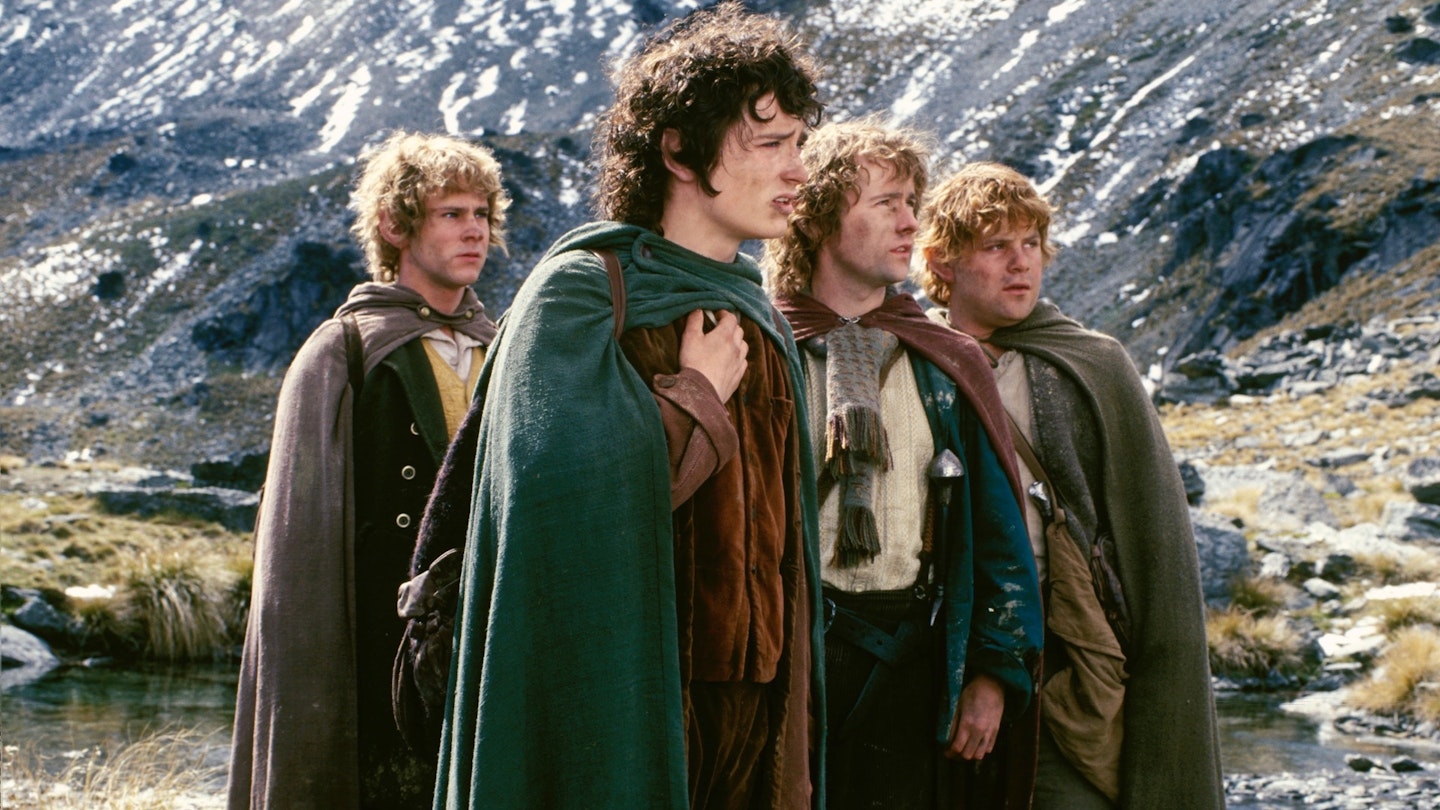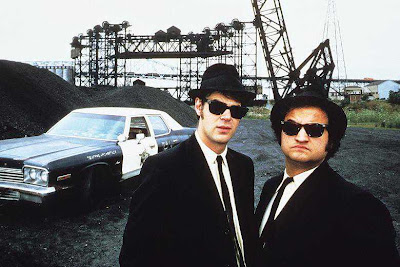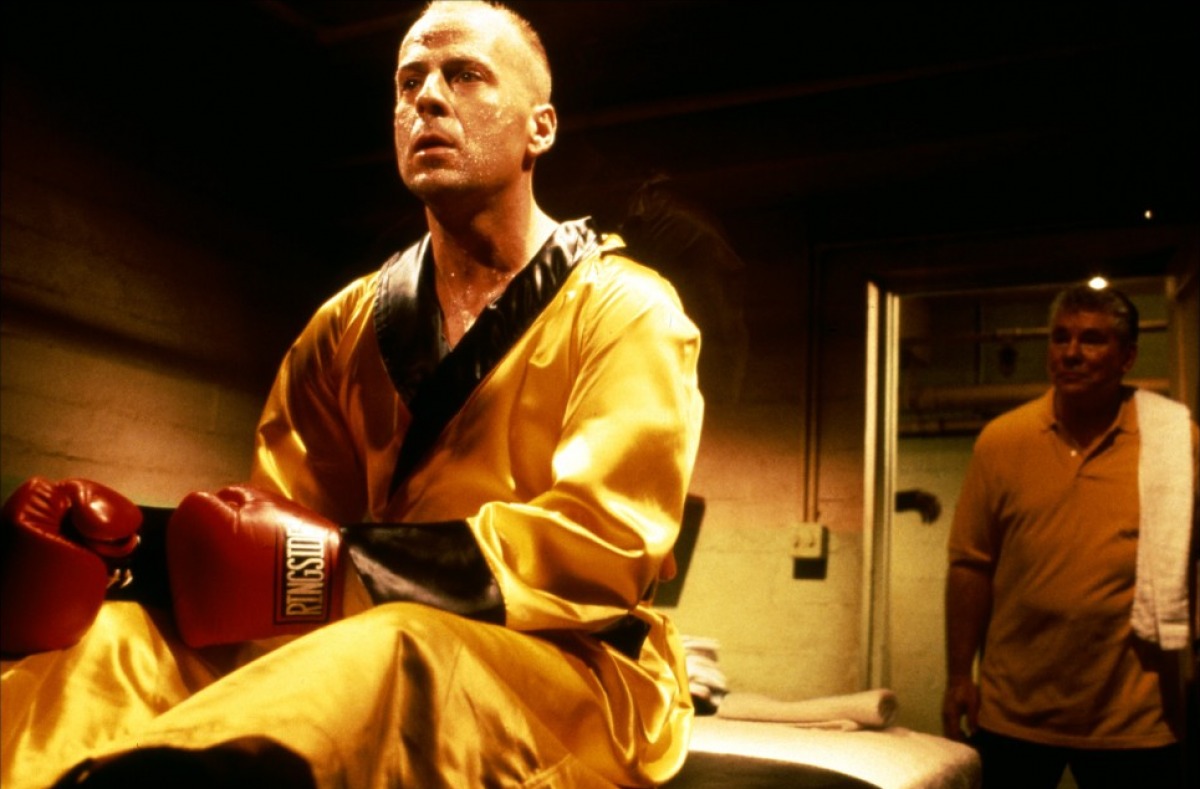
There’s a special kind of love-hate relationship that movie fans have with plot holes. We adore our cinematic masterpieces, revisit them countless times, and celebrate their brilliance, yet deep down, a part of us thrives on spotting those tiny, often hilarious, inconsistencies that make us scratch our heads. It’s a collective pastime, a friendly challenge to find where even the most meticulous filmmakers might have, well, slipped up. Because let’s be honest, few things are more satisfying than yelling “That’s not how buoyancy works!” at the screen during *Titanic*.
While some film buffs might dismiss such observations as mere pedantry, there are moments when a plot hole isn’t just a minor oversight; it’s a gaping chasm that threatens to unravel the very fabric of the story. These aren’t just nitpicks; these are the moments that truly stick in your mind, leaving you desperately searching for any plausible explanation, only to come up short. From the timeless sagas of Middle-earth to the gritty realism of prison dramas, even the best films aren’t immune to these baffling narrative missteps.
We’re not here to “ruin” your favorite movies, but rather to highlight some of the most talked-about, most argued-over, and frankly, most egregious plot holes that have permeated popular cinema. Get ready to embark on a journey through 6 such instances, where logic took a backseat to storytelling, or perhaps, simply got lost in translation. Let’s delve into the first seven examples that have sparked endless fan debates and kept us pondering long after the credits rolled.

1. **The Shawshank Redemption: Andy Dufresne’s Magic Poster Reattachment**Frank Darabont’s *The Shawshank Redemption* is, without a doubt, a masterpiece of modern cinema, a poignant tale of hope, perseverance, and one of the most ingenious prison escapes ever depicted on screen. The climactic reveal, where we discover that Andy Dufresne (Tim Robbins) has secretly tunnelled out of Shawshank prison, hiding his escape path with a poster of Rita Hayworth, is a moment of pure cinematic exhilaration. It’s a triumph of meticulous planning and patient execution, showcasing Andy’s incredible intellect and unwavering spirit.
However, for all its brilliance, this iconic twist harbours a plot hole that, once noticed, is almost impossible to unsee. The big reveal hinges on Andy reattaching the bottom of the poster to conceal his tunnel entrance after he has already crawled through it. This begs the crucial question: how exactly did he manage that? Andy is on the outside, having just squeezed through a narrow opening into a sewage pipe. The poster is on the inside, covering the hole from the cell’s perspective.
The logistics of him reaching back through the tight tunnel opening, let alone having the dexterity and tools to perfectly resecure the poster from the inside, are frankly bewildering. It’s a moment of narrative convenience that prioritizes the dramatic reveal over strict adherence to physical possibility. While the emotional impact of the scene remains undiminished, the technicality of the poster reattachment continues to be a sticking point for many analytical viewers.
Some fans might argue that the magic of cinema allows for a certain suspension of disbelief, especially for such a pivotal and satisfying moment. Yet, when a film is praised for its realism and attention to detail within its own world, a lapse of this magnitude stands out. It’s a testament to the film’s overall power that this particular inconsistency is often forgiven, but never quite forgotten, lingering like a tiny, unsolvable puzzle in an otherwise perfectly constructed narrative.

2. **The Karate Kid: Daniel LaRusso’s Illegal Winning Move**The 1980s classic *The Karate Kid* delivered one of cinema’s most iconic underdog stories, culminating in the thrilling All Valley Karate Tournament where Daniel LaRusso (Ralph Macchio) faces his rival, Johnny Lawrence (Billy Zabka). Daniel’s sensational crane kick to Johnny’s head secures his victory and cements his status as a cinematic legend. It’s a fist-pumping moment that defined a generation, a triumph of spirit over bullying tactics.
Yet, a closer look at the tournament rules, explicitly established at the start of the fight, reveals a glaring inconsistency: “blows to the head were not allowed.” This rule is clearly stated, making Daniel’s winning move, a direct kick to Johnny’s head, an illegal one. By the very rules of the competition, Daniel-san should have been disqualified, rendering his triumphant victory null and void.
This particular plot hole has gained even more prominence thanks to the recent sequel series, *Cobra Kai*, which cleverly poked fun at this exact narrative flaw, highlighting how the original film bent its own established rules for the sake of a more dramatic and satisfying ending. It’s a classic example of story mechanics being sacrificed at the altar of heroism and narrative climax, leaving fans to wonder about the true legitimacy of Daniel’s win.
The emotional resonance of the moment, the underdog finally prevailing, is undeniable, and perhaps that’s why audiences, and even the on-screen judges, overlooked this critical rule-break. However, for those who value internal consistency, it remains a persistent quirk, a “head-scratchingly simple solution that everyone on screen ignored,” as the context aptly puts it, that turns a glorious victory into a debatable technicality.
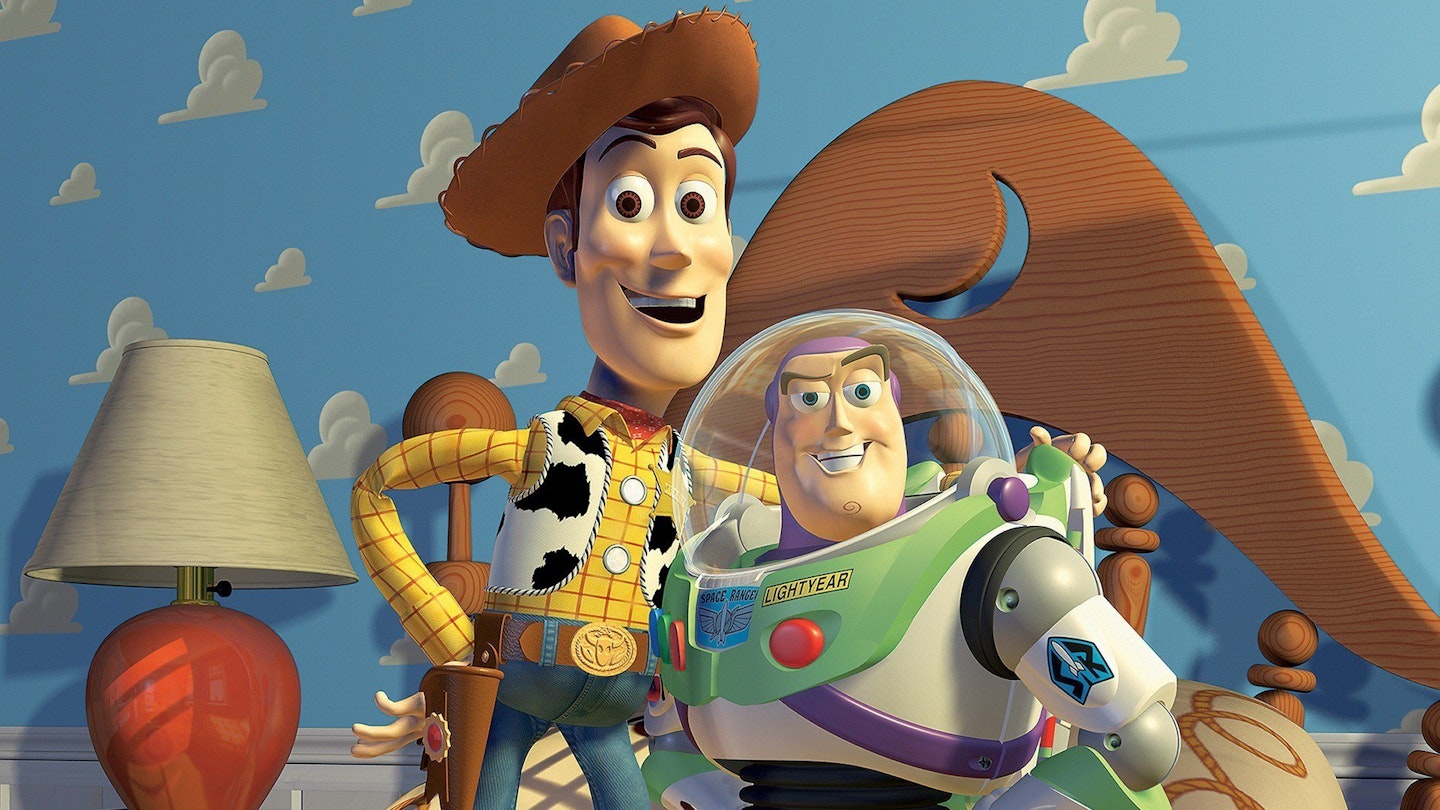
3. **Toy Story: Buzz Lightyear’s Contradictory “Playing Dead” Instinct**Pixar’s *Toy Story* is a groundbreaking animated classic that revolutionized storytelling and animation, charming audiences with its imaginative premise: what if toys came to life when humans weren’t around? Much of the first film’s genius revolves around Buzz Lightyear’s (Tim Allen) compelling arc, as he genuinely believes he is a Space Ranger on a mission, completely unaware that he is, in fact, a child’s plaything. His refusal to accept this reality is central to the film’s conflict and humor.
However, this core character trait creates an intriguing plot hole that has baffled fans for years. If Buzz truly believes he is a real Space Ranger, dedicated to his mission and unaware of his toy nature, why would he instinctively “play dead” and freeze whenever a human enters the room? This action directly contradicts his self-perception; a real Space Ranger wouldn’t suddenly become inanimate upon a human’s arrival. His programming, or lack thereof, should not include this “toy protocol.”
The very premise of the toys coming to life relies on this unspoken rule that they must remain still and inanimate in human presence. For Woody, who knows he’s a toy, this makes perfect sense. But for Buzz, who is in a deep state of denial about being a toy, his automatic adherence to this “toy protocol” is a major logical leap. It’s as if an unseen force or an inherent, subconscious toy instinct overrides his conscious belief system, which the film never explains.
This inconsistency highlights a challenge in crafting fantastical narratives: establishing rules and then adhering to them, or at least explaining deviations. While the “ridiculousness of worrying about the realism of a film featuring talking toys” is acknowledged, the filmmakers themselves “are clearly operating by a set of established rules they choose to disregard when it doesn’t meet the story parameters.” It’s a small detail, but one that continues to prompt endless discussions among dedicated fans.
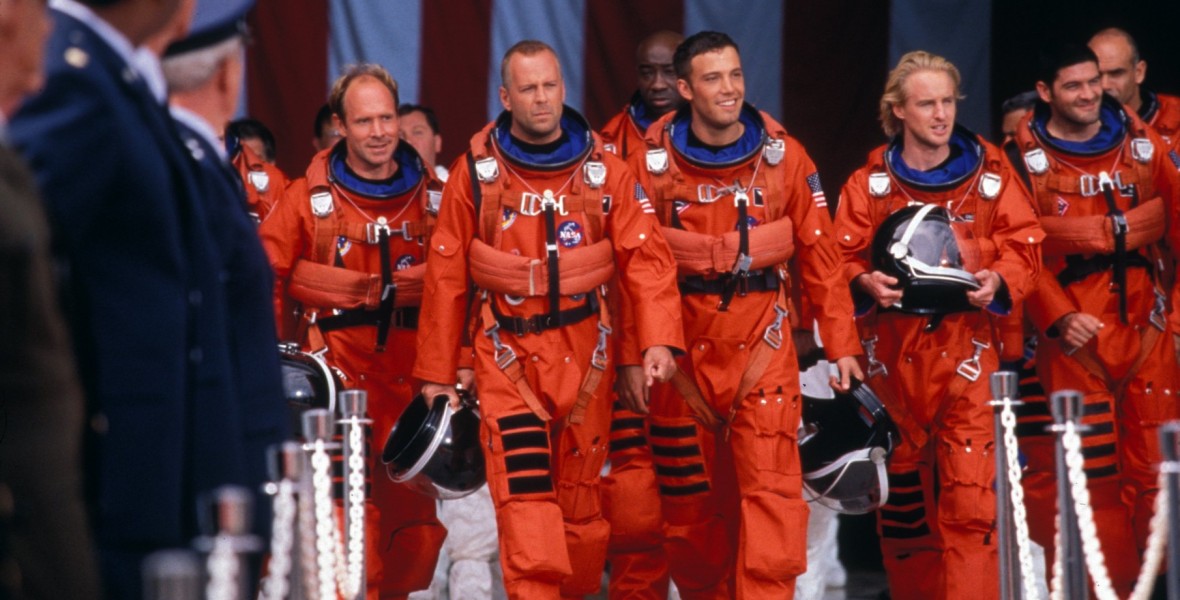
4. **Armageddon: NASA’s Illogical Astronaut Training Plan**Michael Bay’s 1998 sci-fi blockbuster *Armageddon* is a quintessential ’90s action spectacle, brimming with explosions, dramatic rescues, and a star-studded cast. The premise is simple yet terrifying: a massive asteroid is on a collision course with Earth, and humanity’s only hope is to send a team to drill into it and detonatę a nuclear device. It’s loud, it’s dumb, and it’s undeniably entertaining.
However, the film features a plot hole so glaring, so utterly illogical, that even its own star, Ben Affleck, ridiculed it on the DVD commentary. With the fate of the Earth hanging in the balance, NASA decides to train a cadre of roughneck oil drillers to become astronauts. This is presented as a lengthy, expensive, and in reality, an infeasible process, especially with only days until impact. The obvious question arises: why not just train existing, highly skilled astronauts how to operate a drill?
Affleck directly confronted director Michael Bay about this, stating, “I asked Michael why it was easier to train oil drillers to become astronauts than it was to train astronauts to become oil drillers.” Bay’s response, according to Affleck, was a blunt instruction “to shut the f*** up.” This anecdote perfectly encapsulates the narrative convenience at play: the plot demanded a group of lovable, blue-collar heroes, so logic was shelved to achieve that character dynamic.
The decision to train drillers for space travel rather than astronauts for drilling is a colossal logical fallacy that underpins the entire film’s premise. It’s a choice that prioritizes character-driven spectacle and emotional stakes over common sense. While the film embraces its over-the-top nature, this specific plot hole remains a prime example of a story pushing suspension of disbelief to its absolute breaking point, making audiences question the intelligence of the fictional NASA.

5. **Back to the Future: Marty McFly’s Unrecognized Face**Robert Zemeckis’s *Back to the Future* is a timeless time-travel romp that has captivated generations with its clever narrative, iconic characters, and enduring charm. Marty McFly’s (Michael J. Fox) accidental journey to 1955, where he inadvertently alters his parents’ past and future, is a masterclass in comedic and dramatic storytelling. It’s a film that manages its complex temporal mechanics with remarkable grace, mostly.
Yet, for all its narrative brilliance, one lingering quibble persistently bothers many viewers: why wouldn’t Marty McFly’s parents notice that their son, born years later, looked identical to the strange and charismatic teenager who once set them up in 1955? Marty spends a significant amount of time interacting closely with both George and Lorraine Baines, influencing their lives profoundly and even playing matchmaker. He’s a memorable figure in their formative years.
Even if one is willing to accept that decades have passed since they last saw his face, and memories might fade, the uncanny similarities between “Calvin Klein” (Marty’s alias) and their future son are a stretch to believe they would completely overlook. It’s not just a passing resemblance; it’s an exact match. This oversight feels like a narrative convenience designed to avoid a complicated familial recognition plotline, allowing the main story to unfold without this major hurdle.
The argument that “decades have passed since they last saw his face” provides some defense, but it still requires a significant suspension of disbelief, especially given the distinctiveness of Marty’s appearance and personality. This plot hole highlights the inherent challenges of time travel narratives, where every alteration or interaction can create ripples of inconsistency. For many, this remains a nagging question, a small but persistent crack in an otherwise perfectly woven narrative.

6. **Lord of the Rings: The Return of the King: The Great Eagles’ Unused Potential**Peter Jackson’s *Lord of the Rings* trilogy is an epic cinematic achievement, bringing J.R.R. Tolkien’s sprawling fantasy world to breathtaking life. Towards the end of the nearly 10-hour saga, in *The Return of the King*, an almighty deus ex machina arrives in the form of the Great Eagles, swooping in to save the forces of good during the Battle of the Black Gate and later rescuing Frodo and Sam from the slopes of Mount Doom. It’s a truly spectacular visual.
However, the dramatic arrival of these majestic creatures has spawned endless debates among Middle-earth fanatics, centered around one crucial question: why couldn’t the Eagles have simply given everyone a lift to Mordor in the first place? If they possess the power and speed to transport key characters and turn the tide of battle, the entire arduous journey of Frodo and Sam, fraught with peril and sacrifice, seems unnecessarily prolonged.
This “head-scratchingly simple solution that everyone on screen ignored” has led to complex counter-arguments from dedicated lore enthusiasts, digging deep into “eagle lore to disprove its merits,” explaining their motivations or limitations. Yet, for the everyday viewer, the question persists: why endure such a perilous quest when a winged express delivery service was seemingly available from the outset? It feels like a convenient plot device only used when absolutely necessary, not as a logical option.
The existence of such powerful beings who are willing to intervene at critical junctures, yet refrain from providing a more direct solution to the primary conflict, highlights a narrative paradox. While the Eagles’ role adds to the grand scale of the fantasy, their selective assistance creates a significant logical gap. It’s a classic case of plot convenience, where a powerful asset is deliberately underutilized to preserve the intended narrative arc and character development.

